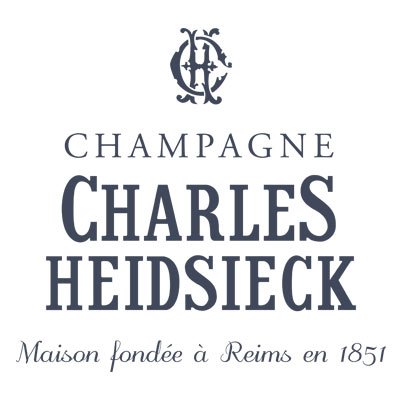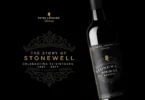Hispi Duck
Posted: 4th June 2018
I had a remarkable meal in the middle of last month.
It happened in Brighton: a long way to go for dinner, you might say, but I had noted some time ago that I could get there relatively easily on Thameslink and that late at night trains actually ran directly between where I live and Britain’s answer to San Francisco; the journey taking just an hour and a half. Thameslink, however, was not what it was: I had failed to spot the fact the line is now called ‘Gove-Via Thameslink,’ but in all honesty, the trains were not affected that day, except (and this is a big ‘except’), there were not only the usual illiterate announcements repeated ad nauseum about ‘save it and sort it,’ there was an excruciating American telling me to beware of new timetables. Most people were plugged in to their own noises and couldn’t hear a word of this. Only the few of us who had opted to read were plunged into misery by this incessant prattle.
I arrived about twenty minutes early and walked towards Upper Gardiner Street by a circular route. I thought I spotted the pub from the Richard Attenborough film of Graham Greene’s Brighton Rock, but I decided in the end they had probably mocked it up in a studio, although a lot of the film was actually shot in Brighton. Like many Londoners I used to go to Brighton as a child and pobble across its uncomfortable pebble beach to paddle in the sea, or enjoy the pier or the funny little louche lanes and alleys close to the water. What I saw was shabby and run down; everything needed a lick of paint and dirty, concrete, brutalist buildings had been strewn about the place with no feeling for the more picturesque character of the old town. In North Street I saw one magnificent, neglected eighteenth century coaching inn. It looked derelict.
I had been invited to dinner at Silo, an adventurous new wave restaurant that has declared war on waste to the degree they have made plates and dishes out of all the plastic bags and wrappers they have received over the years. Virtually all that has been eliminated now, and deliveries are made in reusable or biodegradable containers. The food was down to the restaurant’s chef, Dougie McMaster. The wines were supplied by Charles Heidsieck, one of the best of the smaller champagne grandes marques.
Silo wasn’t exactly what you might associate with a restaurant hosting a top champagne house: rather than some sort of luxurious Michelin-starred establishment it is a multi-purpose space, part-bakery, part-brewery, part-café that draws some of its inspiration from Noma in Copenhagen.







